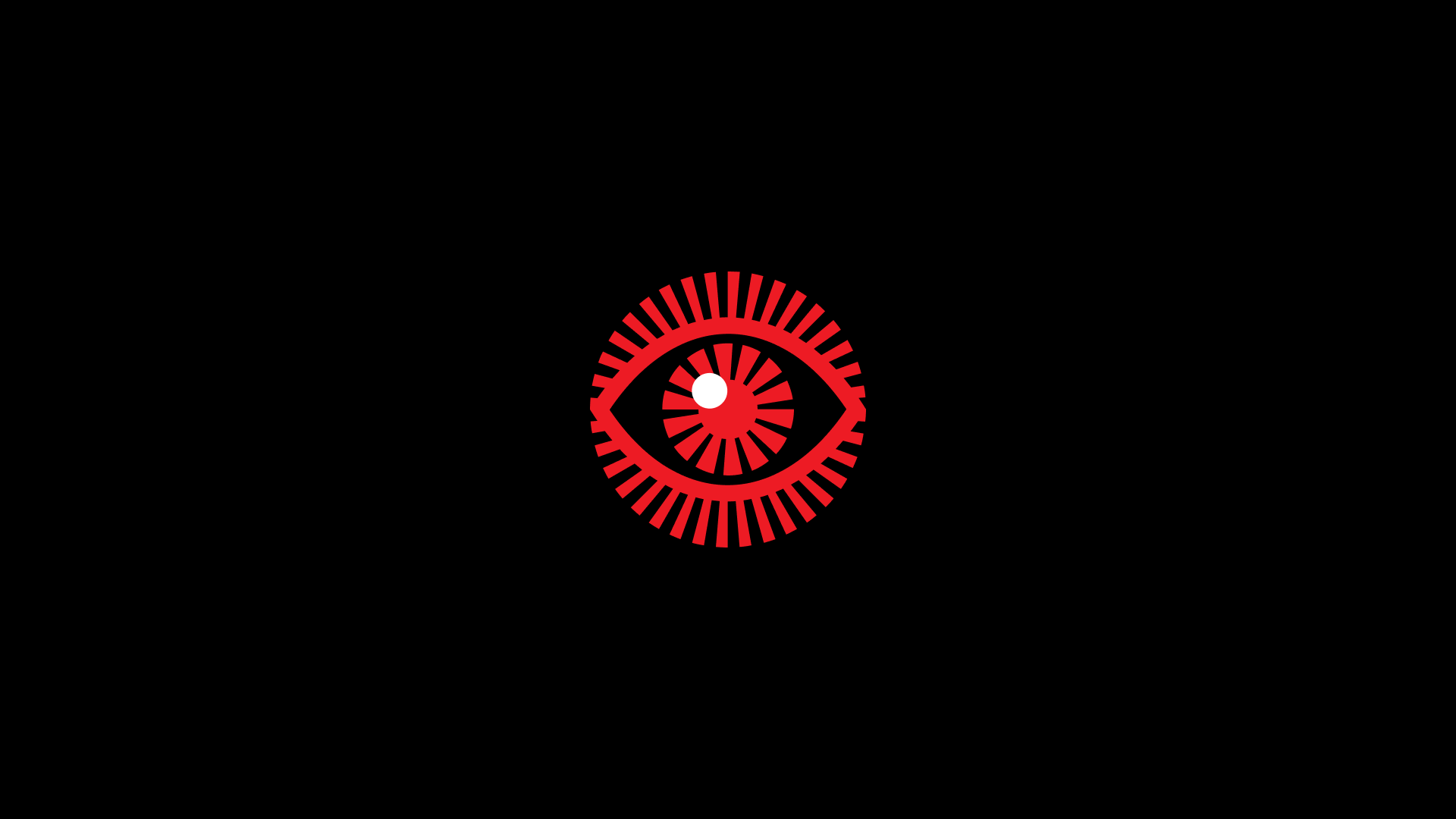Affinity mapping simply groups data, insights, and ideas into similar clusters. Ideally, it should be done collaboratively in a workshop setting and offer a framework for grouping information, be it data, user needs, opinions, insights, or other data types. Thematic analysis means you’ll be able to identify themes and patterns emerging across multiple datasets, e.g., across multiple user interviews. So, for instance, you’ll have many credibility-related insights or a lot of data pieces about a certain functionality (e.g., search or a calculator).
You might ask: in what way are these two things connected?
Using affinity mapping, you’ll be able to synthesize research findings and distill some overarching patterns. These patterns will support your cross-case analysis later on. It also works the other way around: reading and coding, e.g., all interview transcripts or notes beforehand, is a great preparation for a collaborative affinity mapping session.
Additionally, you can apply affinity mapping to sort ideas, so it can greatly support a brainstorming activity.
Invented by the Japanese anthropologist Jiro Kawakita in the 1960s, the diagram is an invaluable tool for idea creation. It allows teams to organize the large number of information found in the numerous phases of design thinking into their natural associative relationships.
Affinity diagramming is one of the Seven Management and Planning Tools used in Japan and worldwide to help organizations make better decisions. These tools include:
- The Affinity Diagram
- The Tree Diagram
- The Interrelationship Diagram
- The Matrix Diagram
- Prioritization Matrices
- The Process Decision Program Chart (PDPC)
- The Activity Network Diagram
When should you use affinity mapping?
Here’s the short answer: when your brainstorming session is over.
Affinity diagrams shouldn’t be used as a brainstorming tool but rather as a way to organize, consolidate, and act on the ideas from the brainstorming exercise.
An affinity map is an effective tool to use when:
- Your brainstorming session is over.
- You’re solving a complex problem.
- You have many ideas or a lot of data to work with.
- You’re eager to think outside the box.
Simply put, think of an affinity diagram as a tool that brings order to chaos. Rather than bouncing all over the grocery store, this tool helps make a large amount of information more manageable and digestible — and, as a result, way more actionable.

How to create an affinity diagram
You have what you need, and you’re ready to gather your team, roll up your sleeves, brainstorm, and use an affinity diagram to organize your brilliant ideas. Here’s how.
1. Run a brainstorming session
Remember, your affinity map is a tool you use after brainstorming ideas. To get started, jot down the problem you’re trying to solve or the question you’re trying to answer at the top of your whiteboard and then record individual ideas on sticky notes.
You aren’t categorizing them yet. The point is to get as many ideas out of your brain and onto notes as you can. That will give you plenty to work with when you create your affinity diagram.
2. Categorize your ideas
Now that you have a messy mess of sticky notes, it’s time to organize them into common themes. Start by turning one sticky note into the first top-level category.
Next, look at another sticky note and ask yourself if it belongs in the same group as the first. If not, create another group. Continue with that process, evaluating each sticky note to add it to an existing group or create an entirely new one.
You should have anywhere from three to 10 related groups, which you can name based on their common theme. One important thing to keep in mind: your categories shouldn’t be predetermined before your brainstorming session. They should emerge organically as you sort through your ideas.
3. Act on your ideas
Information without action doesn’t do any good. Once you’ve created your affinity diagram, use it to create action items and timelines that push you to solve the problem at hand.
Once you’ve identified your groups, you can take things one step further with some additional filters and organization tactics, such as:
- Hierarchy: If there’s a clear hierarchy between your stickies (there doesn’t have to be!) Miro’s affinity mapping template allows you to group stickies based on the idea level.
- Prioritization: Once you grasp the common themes, you and your team can prioritize the groups based on your goal. Miro’s voting feature makes this easy.
Also, information without action doesn’t do any good. So, once you’ve created your affinity diagram, use it to create action items and timelines that push you actually to solve the problem you discussed.


